
Investing in Art - The Art of Investing
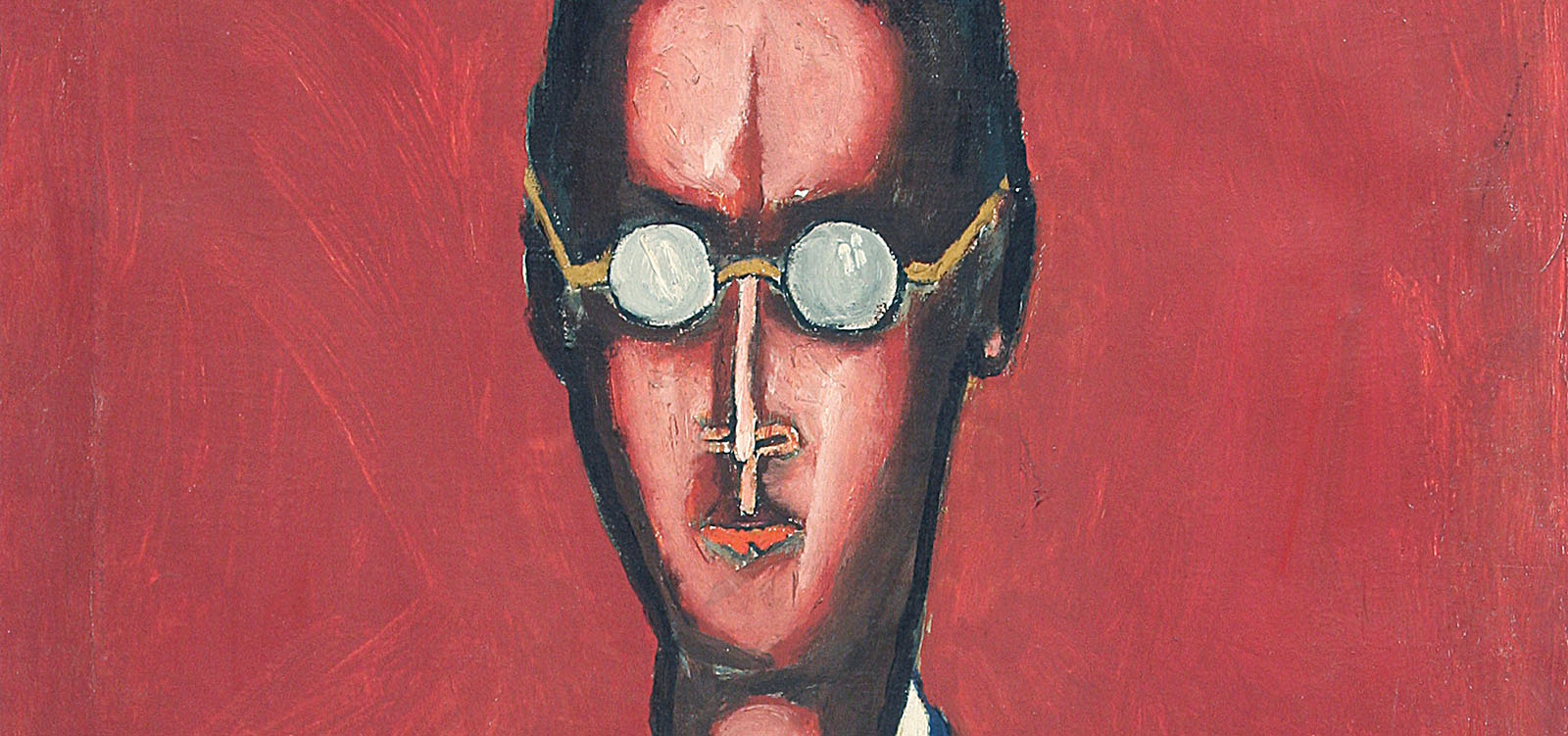
We create art collections

Art Consulting
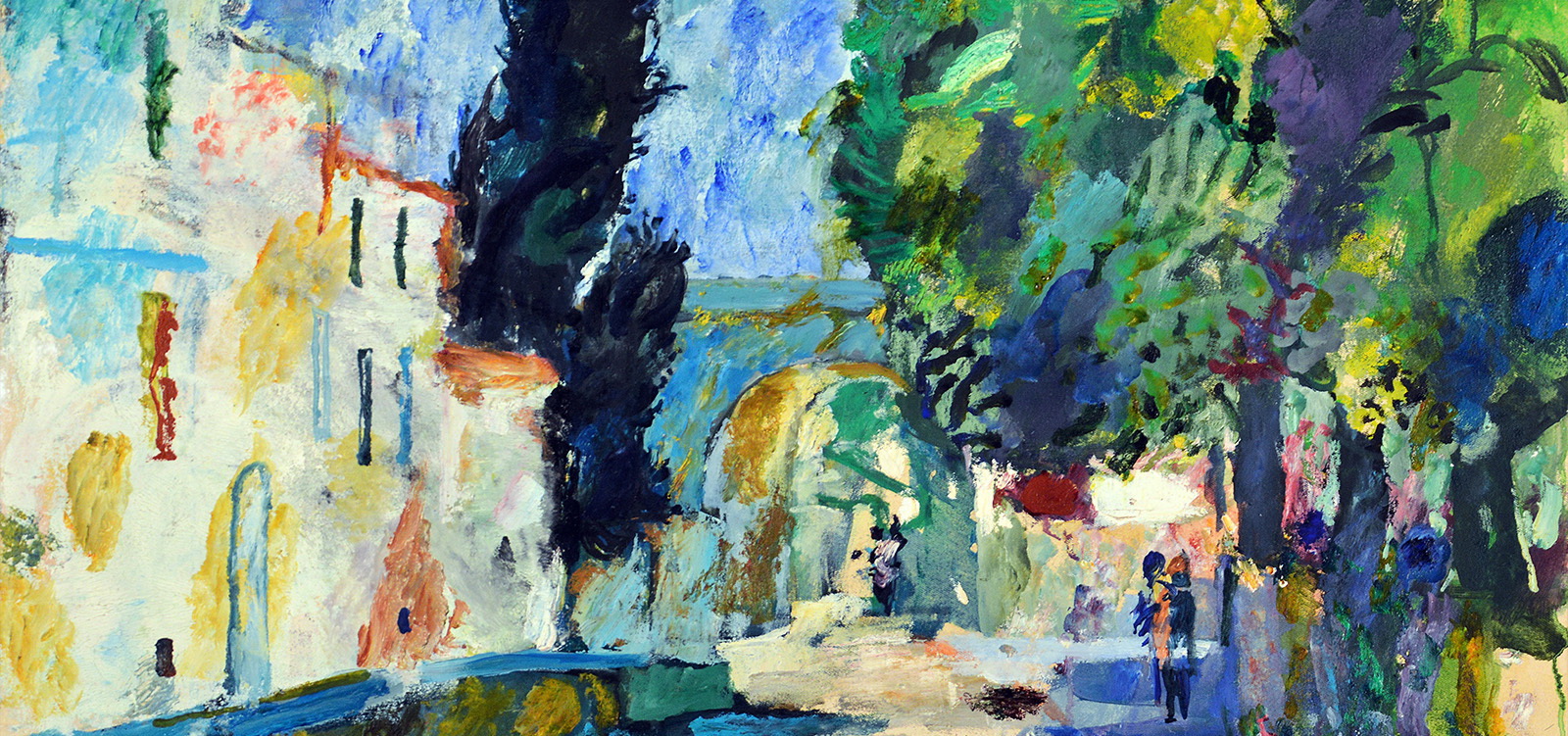
Arranging art collections
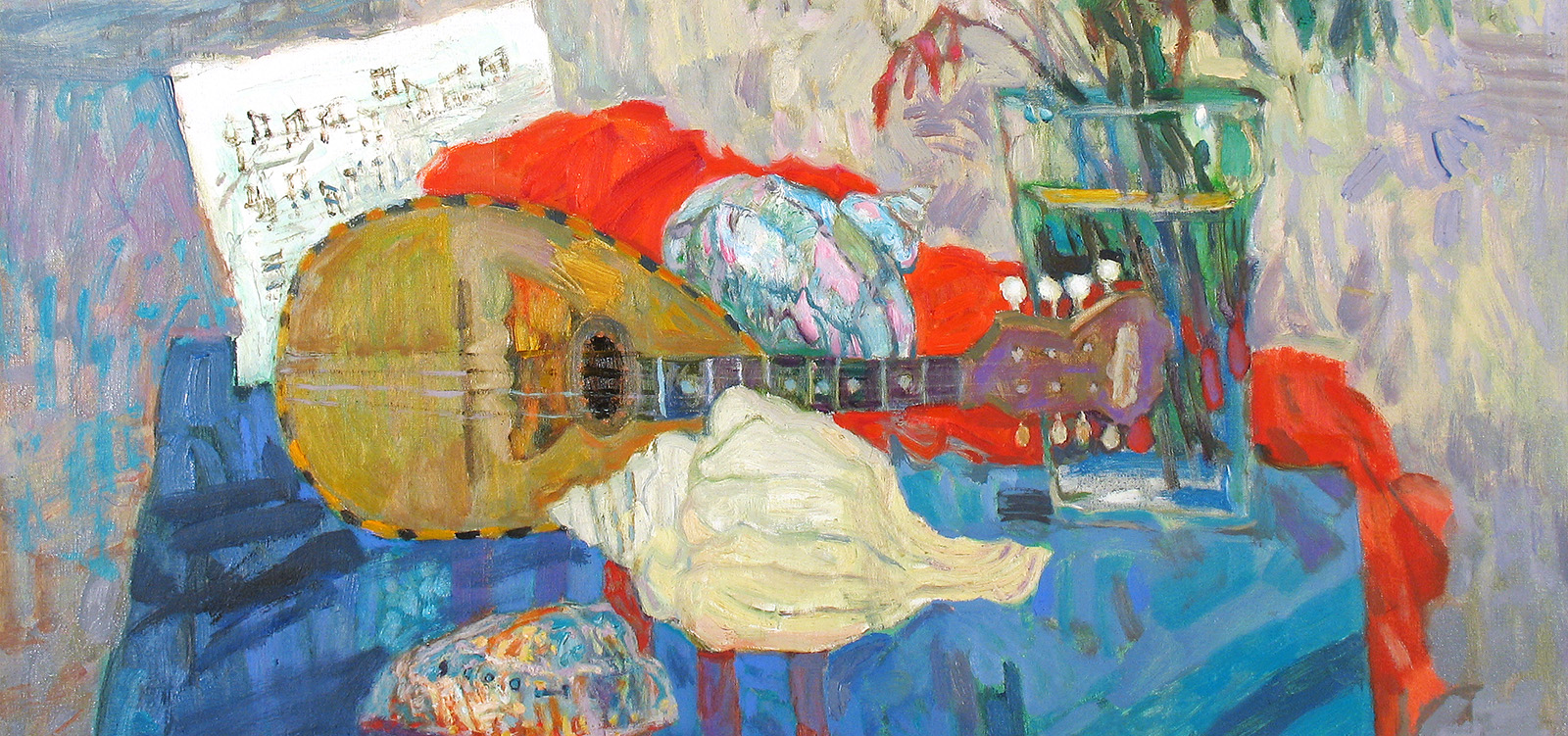
Cataloguing collections of works of art
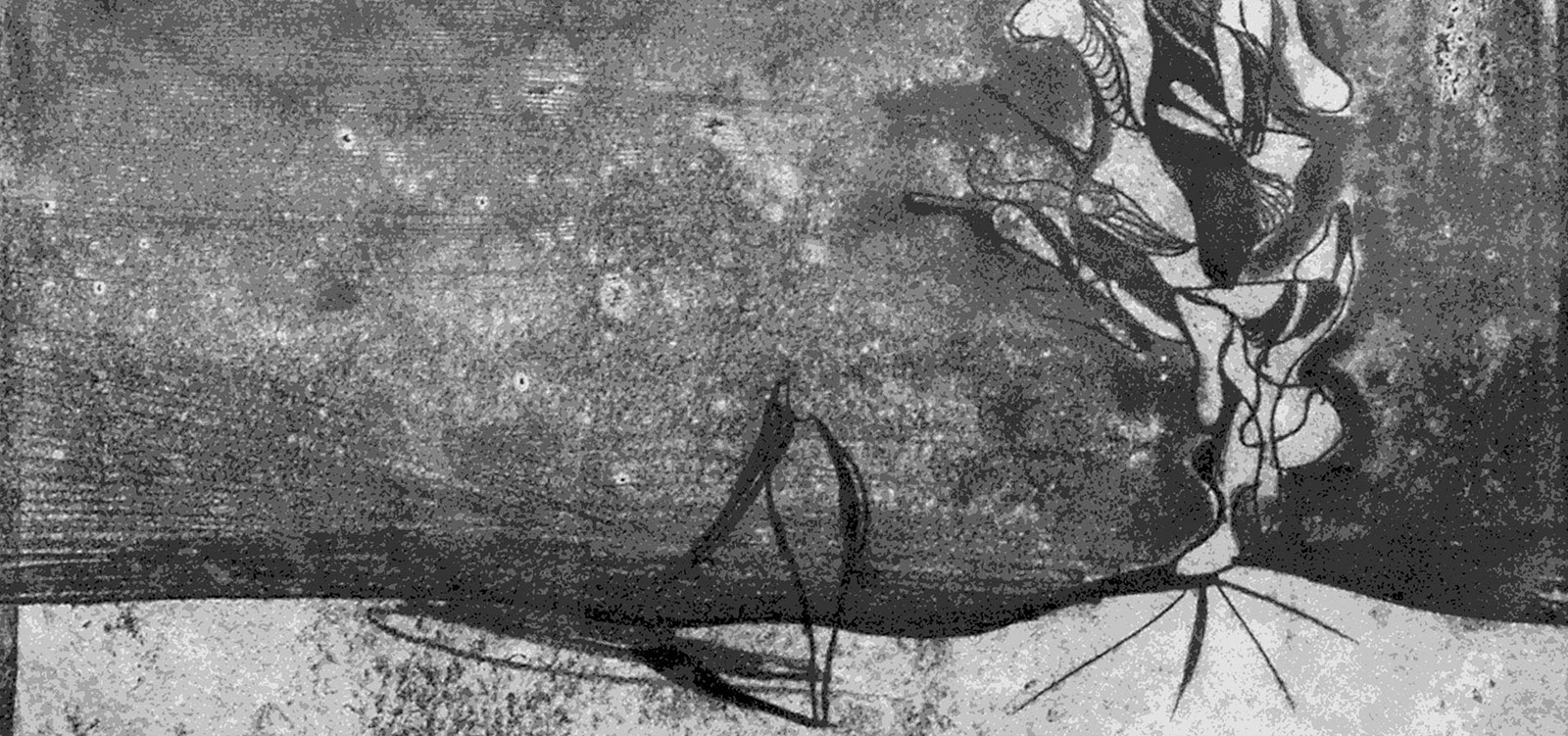
Consevation of works of art
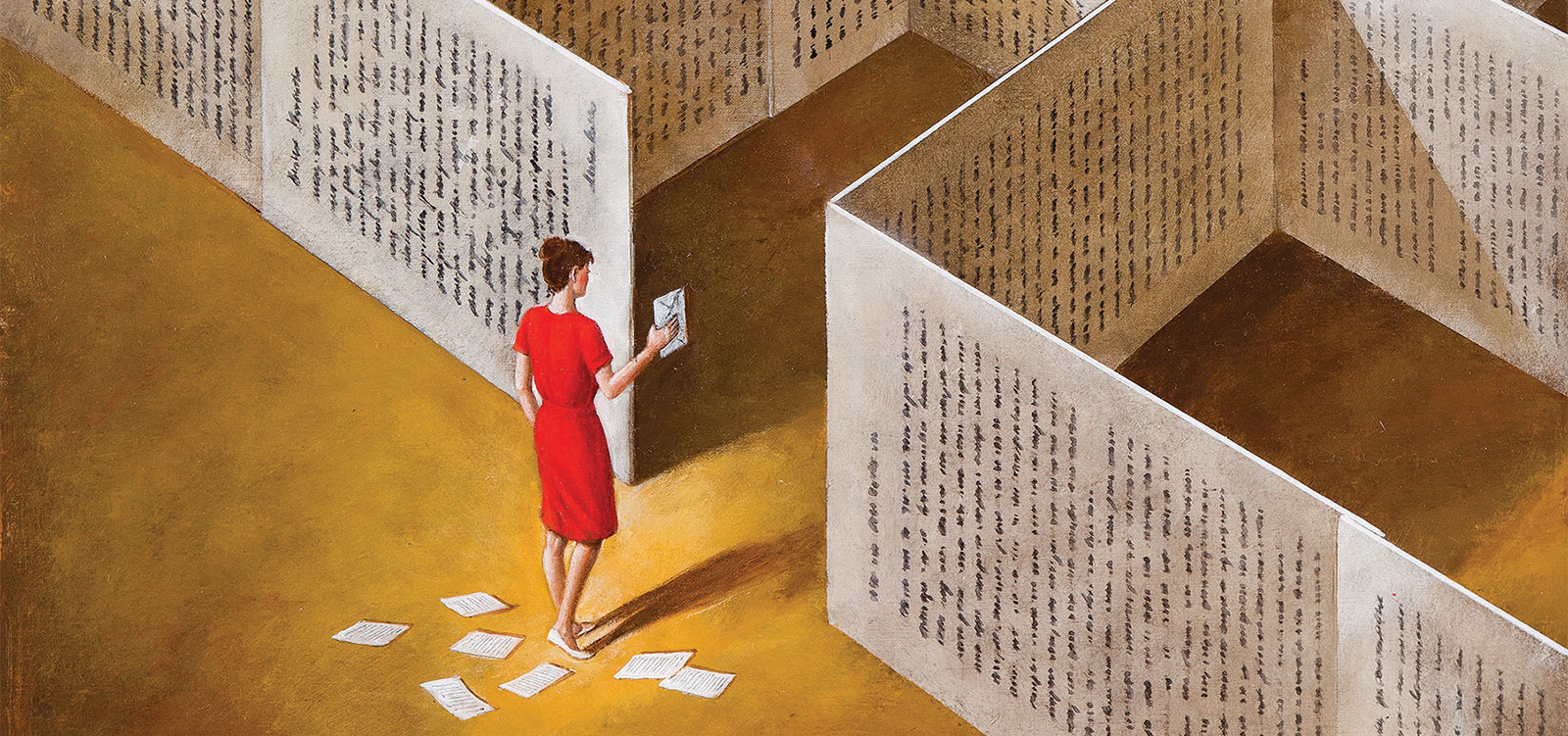
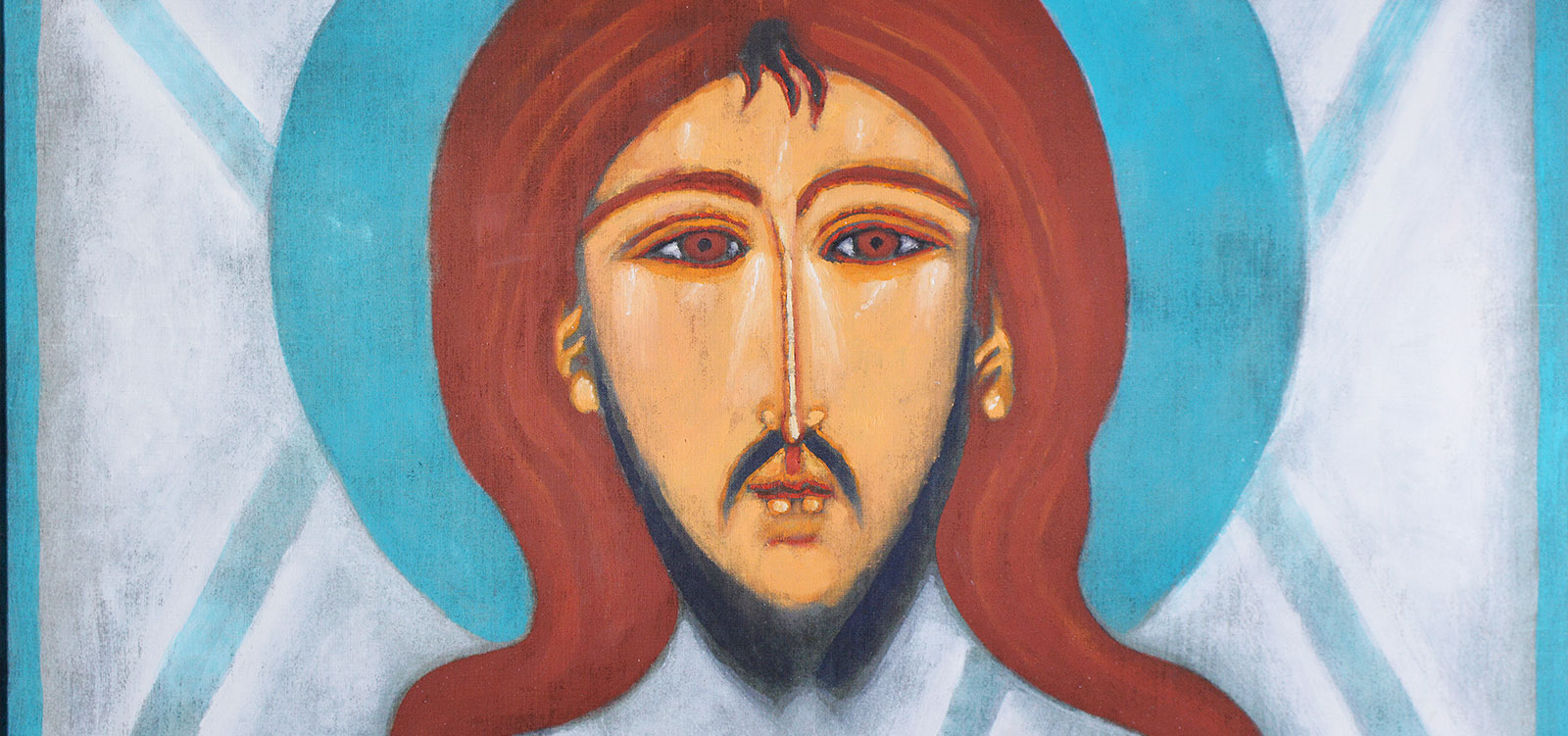
Landscapes, still-lives, floral compositions and portraits are the themes in painting that haven't stopped inspiring contemporary artists and their recipients. In the days of dynamic changes occurring not only in art, those simple motifs gain a new meaning. They effectively oppose the agressive imaging taking place in mass-media and advertising industry. They make up something called mass culture or even more precisely "'the culture industry". Although the manufacturer's of those technological images - in this context "manufacturers" fits better than creators - reach some spectacular effects, including the effect of a painting painted by an artist's hand, the magic of a "real" painting is still something extraordinary and unique. In this case The Culture of the Copy' doesn't work.
The art of today's painting, including Kazimierz Wilk's work, creates an extraordinary asylum where one can calm down, contemplate and reflect, leaving the fast current of life, mechanical work and entertainment behind. Although the world of mass culture is not completely bereft of certain attractive qualities, it is a painting itself that reflects the complex personality of its creator. This attribute of painted art renders the possibility of avoiding thoughtless consumption.
A painting can be bought as well as any other luxurious good. The difference between the two is present in our perception. A painting is in fact priceless in its unique form, having been marked by a particular artist's hand and creating an atmosphere that can be shared with him anytime our eyes - the windows of our soul - lay on it. Consequently we should develop a feeling towards the work of art that lets us treat it as something much more precious than an object merely ornamenting the walls of our house, carefully chosen to suit the design. What's more we should distance ourselves to its mastery framed in gold to gain the ability of understanding its atmosphere, and, let's not be afraid of this word - "soul".
We receive this opportunity through Wilk's art. As an artist he is following the Colourist tradition, especially the one connected with the Cracow Academy of Fine Arts, as he is its alumni. Colourism, a part of post impressionism, is a trend within which many works of art have been created. They contain a particular artistic laboratory dealing with various solutions in the field of painting workshop, gathering temperament, intuition and reflection belonging to a certain creative personality. Many ofthe works represent historical consciousness of such painting which is often reflected in visual quotations. In Wilk's art we can find references to famous nenuphars of Monet. We can also notice Wilk's more sophisticated illustrations of that in wall-calendar reproductions pictured in a few of his still-lives.
The works presented at this exhibition were divided into two categories. One them acquaints us with thematic paintings which portray identifiable objects or silhouettes. As an example we can point out the painting where the part of Wawel castle is visible. The other category constitutes of Colourist nature studies. The ones showing a pond, meadow or a study of a broken tree are the most interesting. However, we cannot see any pictoriality or symbolism in the way the theme or study is treated by the artist. It can be said that Wilk's painting here is just for the paintings sake.
The workshop part of his creative output is also worth to notice. The artist is working very hard in order to extract the most interesting colour layer by layer. This elaboration of arts work reminds of polishing precious stones to get the demanded shine and brightness. A great Polish representative of Colourism once said about a painting: „(...) before we realize what it represents, it is merely a surface we see ornamented in a certain way."
Antoni Szoska